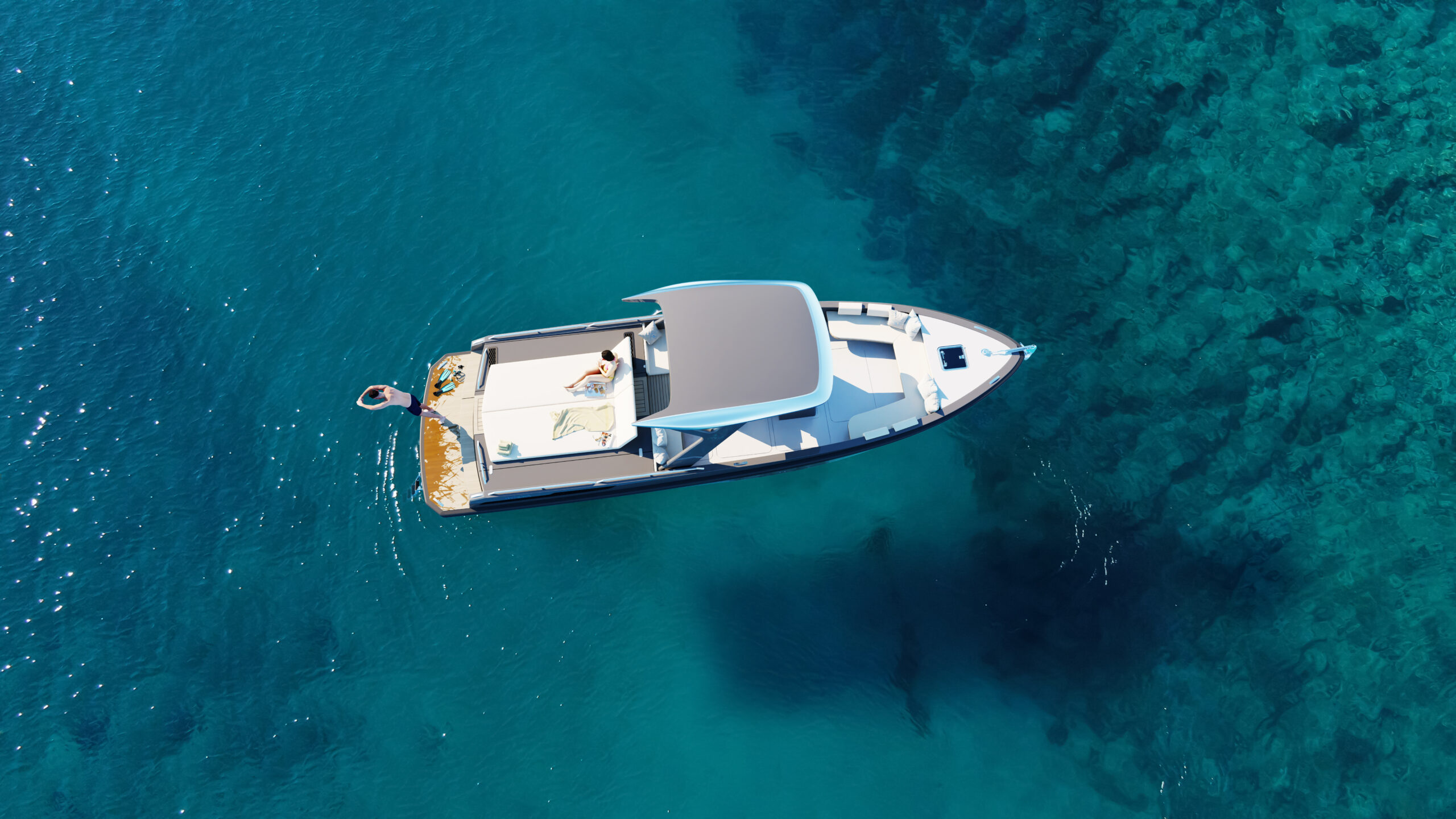
breezeYachting.swiss : our new partner for the international development of HYNOVA
In view of the growing interest of prospects from German-speaking countries in our company and our HYNOVA 40 model, we

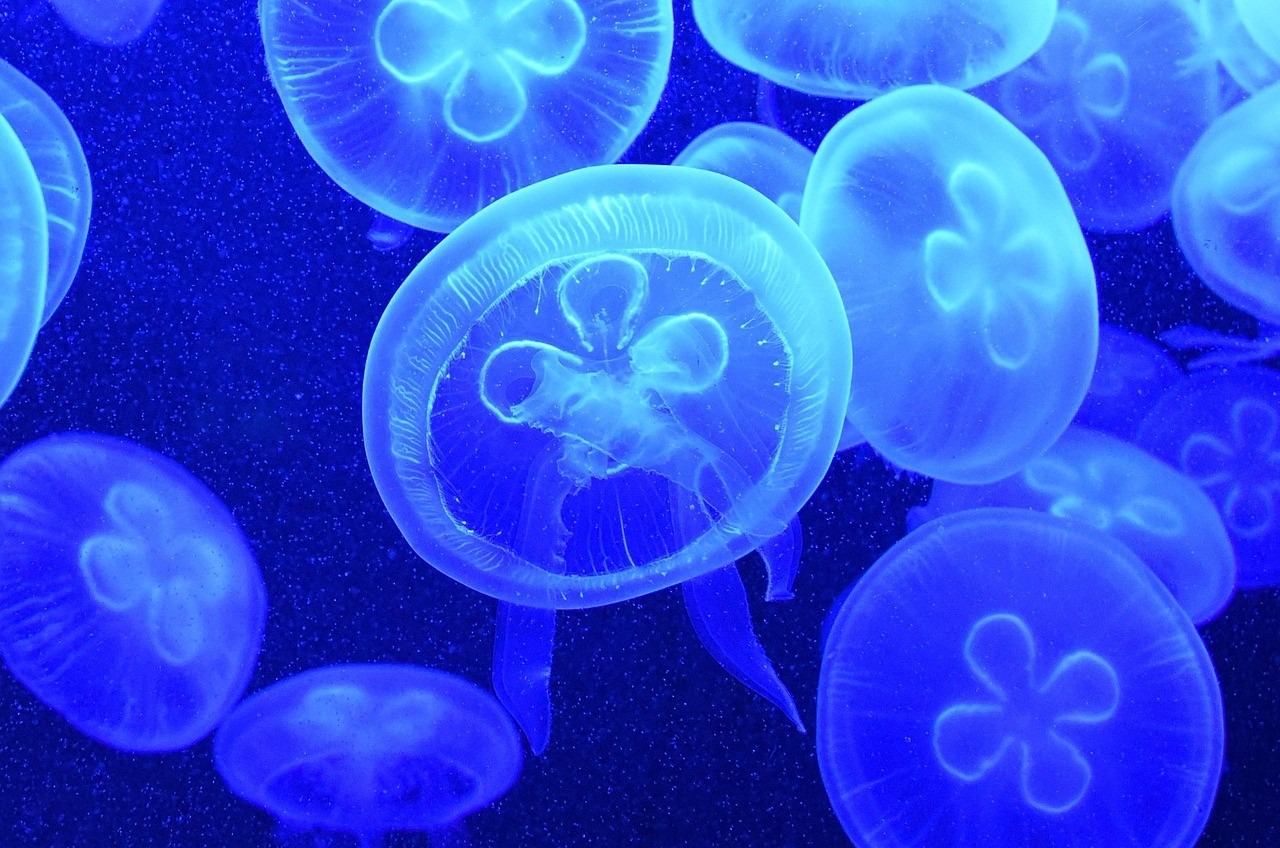
As you may have noticed, on our site and in our communications, the jellyfish symbol comes up regularly. Some of you know the history of HYNOVA and how this totem animal of the brand is a source of inspiration and even wonder. Rest assured, we do not intend to give you a lecture on this cnidarian. We would just like to share with you the elements that make this creature, sometimes described as fascinating, sometimes frightening or even passive, appear to us at HYNOVA as an essential, different, innovative, immortal, adapted, efficient form of life.
Firstly, the jellyfish is an animal whose ancestors appeared 650 million years ago, the fact that they have changed little since then tends to show that they are relatively well adapted despite all the upheavals that the Earth has experienced since then. The ancestors of the human being, Homo Sapiens, seem to have appeared on Earth only 700,000 years ago. This is not a comparison but a point of reference, they have been sailing much longer than we have.
Another amazing fact: the jellyfish is not so passive as you might think, it propels itself….intentionally (more or less, sometimes the currents that drive it suit it perfectly) and even chooses its direction according to the stimuli it receives and analyses. For this it has specific organs much more complex than we thought until now. The most curious can even learn that they have some kind of primitive eyes (you can search for ocelli on Google ? ).
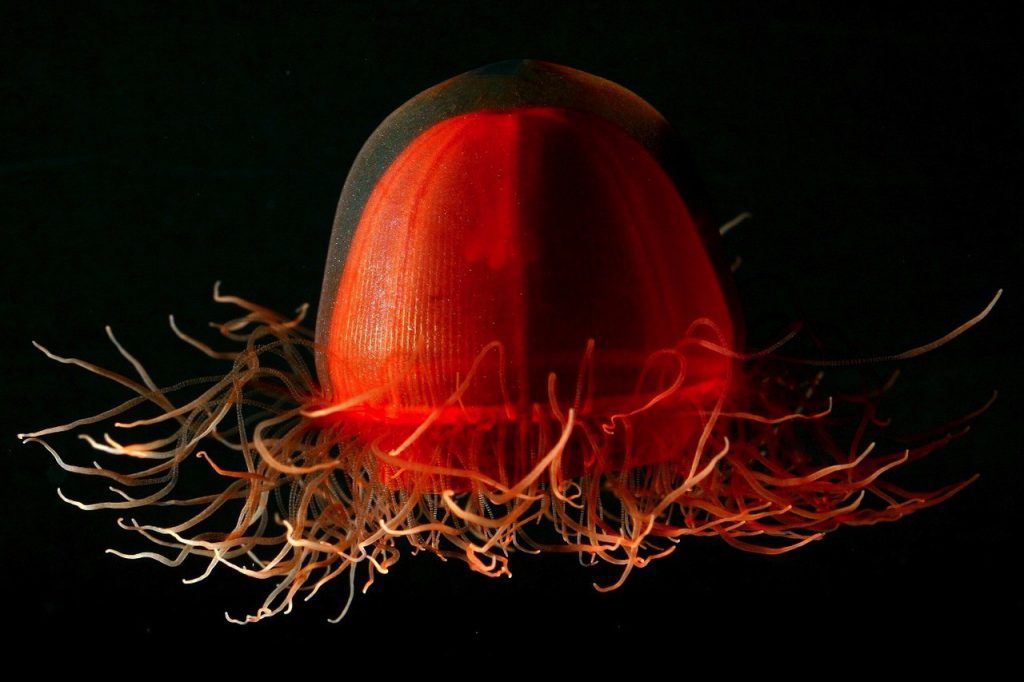
Did you know that the word jellyfish, which includes an impressive number of species, actually represents only the “mature” life form of this cnidarian and that it also often exists as a polyp in its “early youth”? The anthropomorphism used here has no other purpose than to schematize this surprising characteristic (and also to bring you to more sympathy towards this species).
Wikipedia Dot: The stages of development of a jellyfish. https://fr.wikipedia.org/wiki/ Méduse_(animal)#/media /Fichier:Schleiden-meduse-2.jpg
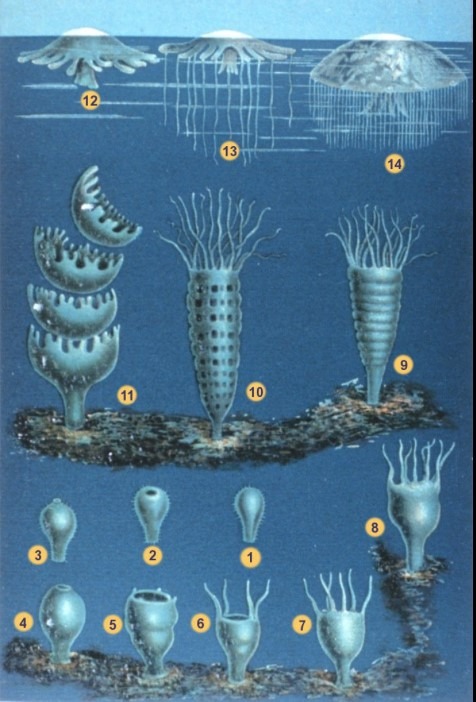
The jellyfish is hyper “designed” to save energy while being efficient:
Biophysical research suggests that jellyfish swim more efficiently than any other aquatic animal: “the contractions of the umbrella create high and low pressure zones around their bodies that both suck them in (suction phenomenon) and propel them forward (thrust phenomenon). Suction has the effect that one third of their propulsion is achieved without muscular action. They thus consume less oxygen and energy, in proportion to their size, than dolphins or sharks. The movements of the edge of the bell have the effect of making the annular vortex (low pressure zone) descend below the animal, which causes pressurized water to rise inside the bell and give it a second thrust. This efficient propulsion could be a source of bio-inspiration for mechanical engineers…” and innovative yacht designers ;).
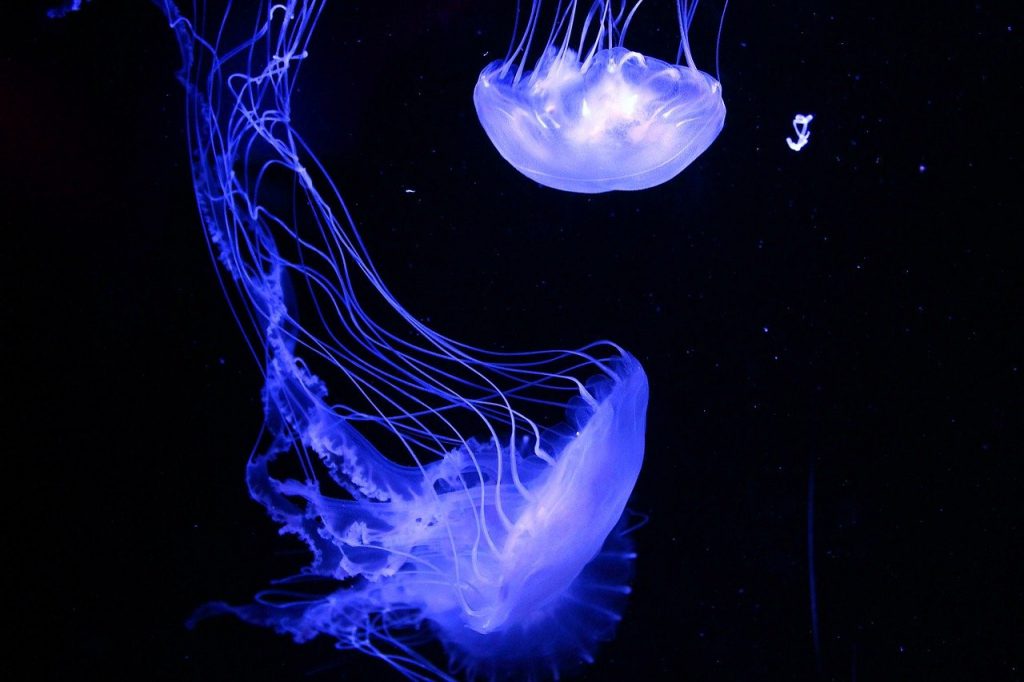
Potentially, not all of them, not all the time, it depends … nevertheless, it is still very strong ! Turritopsis nutricula is a species of jellyfish which measures 4 to 5 mm and is native to the Caribbean Sea. It has the particularity of being able to return from the jellyfish stage to the polyp stage, which makes it theoretically immortal. It actually reverses the aging process. We talk about important transformations that take place in the adult stage, a bit like if a frog became a tadpole again or a butterfly became a caterpillar again.
Well, not all of them, and we don’t necessarily appreciate their beauty in all circumstances, but we have to admit it: they are still design!
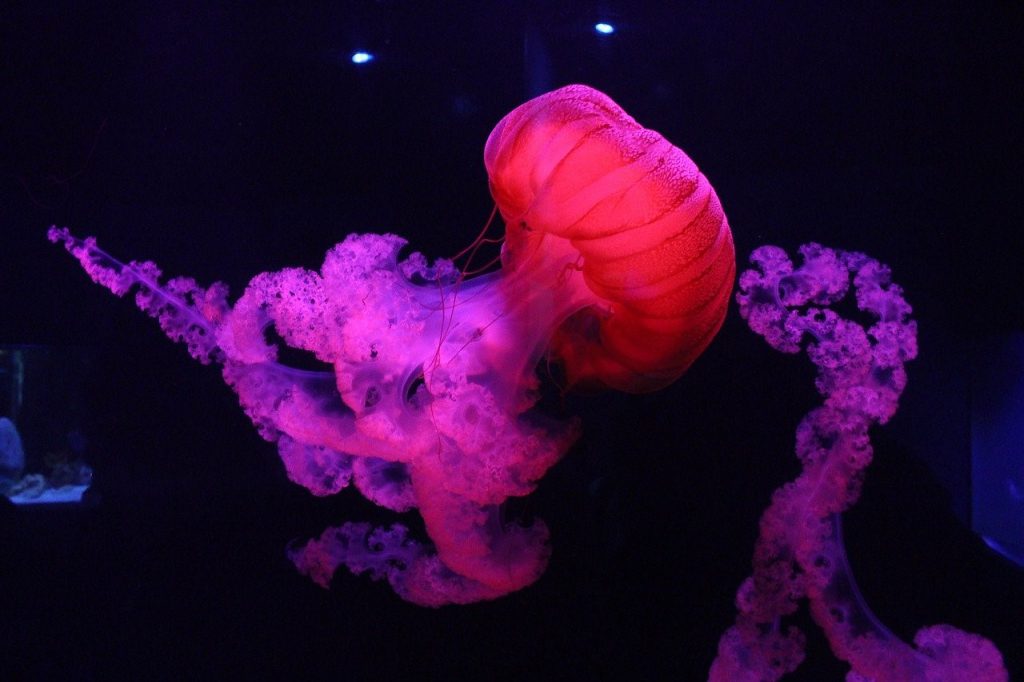
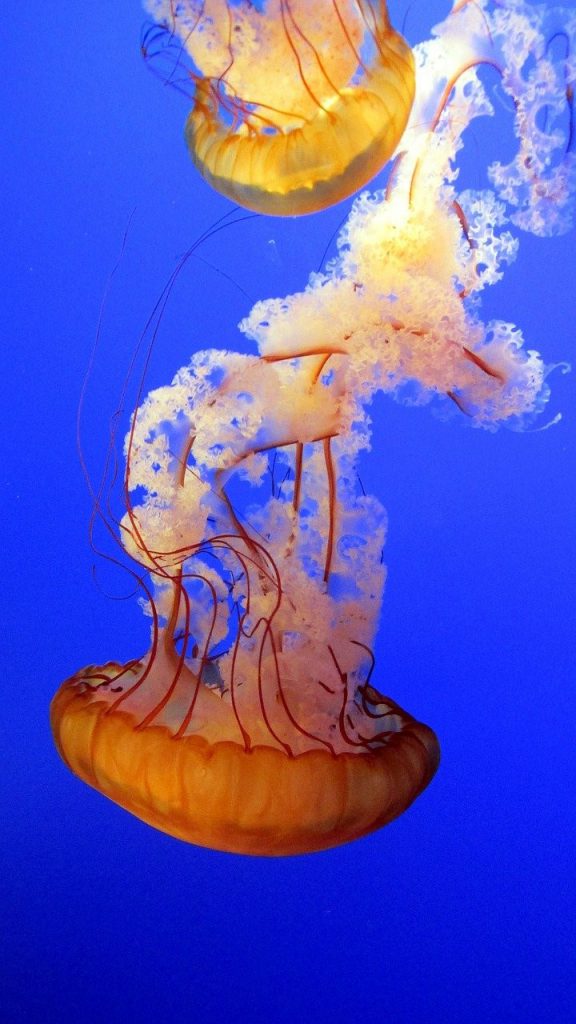
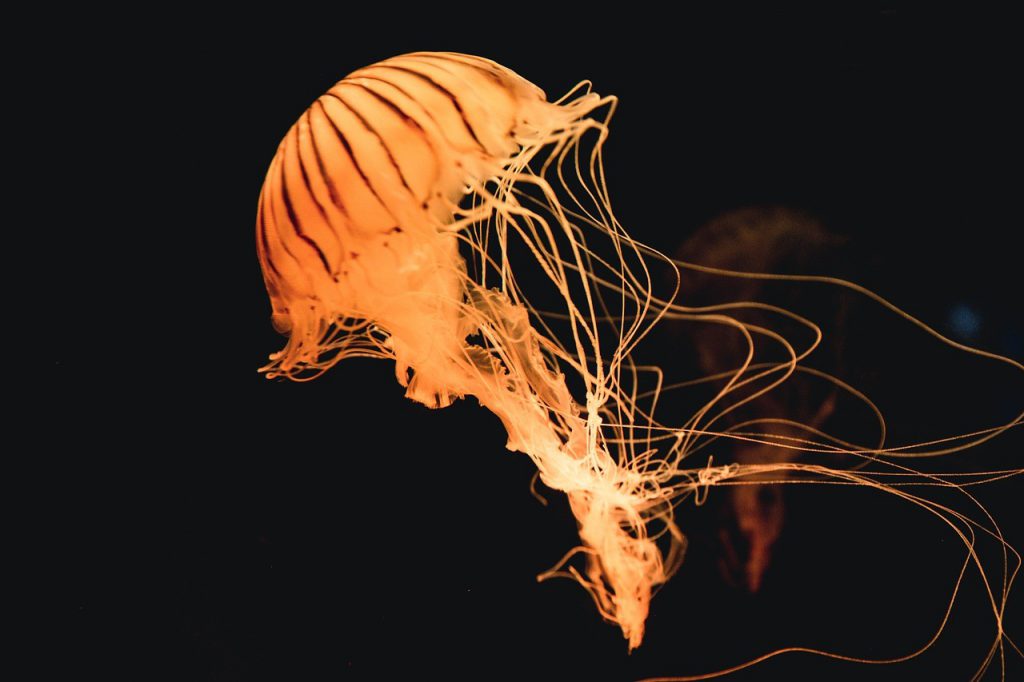
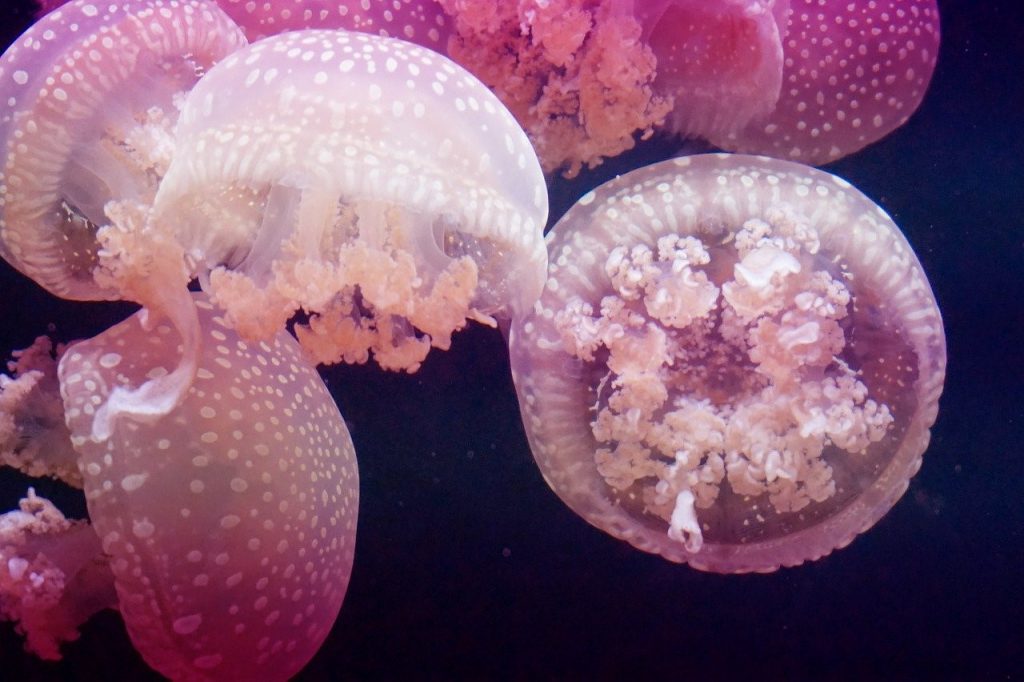
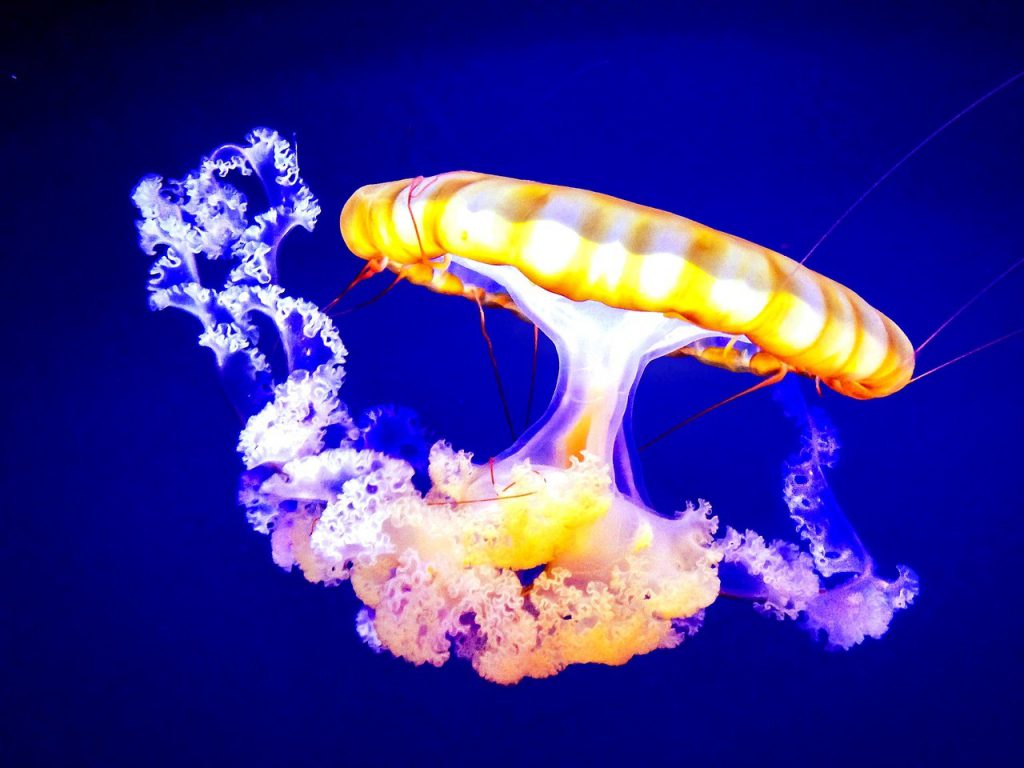
Like many other marine species, some jellyfish can create light, often blue or green. This is the result of a chemical reaction that allows jellyfish to be seen in the dark. They can even “blink” like a Christmas tree.
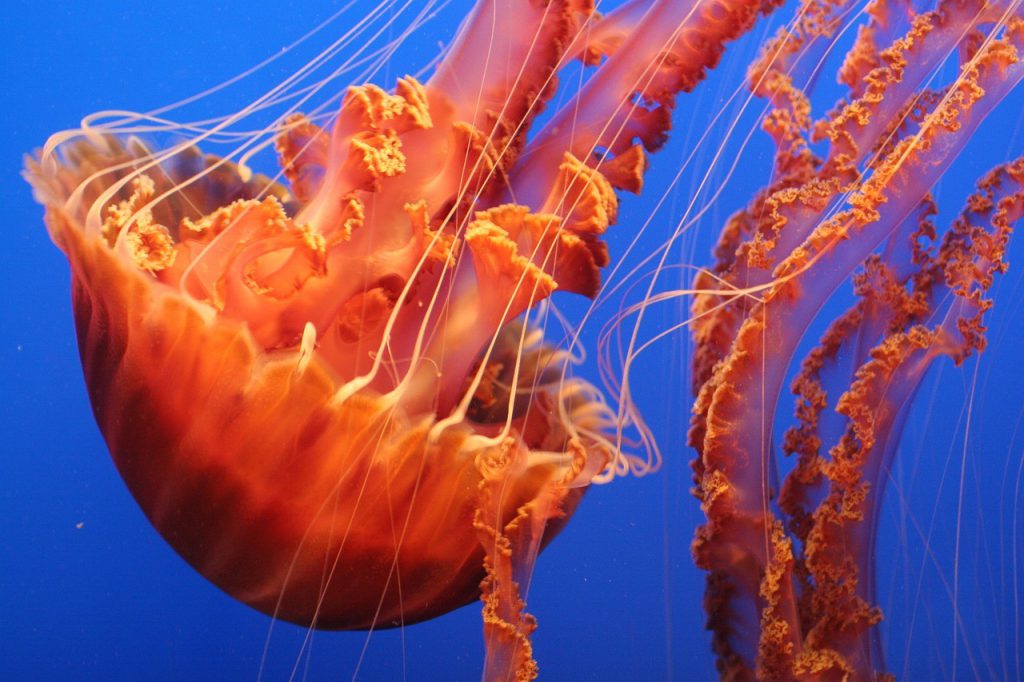
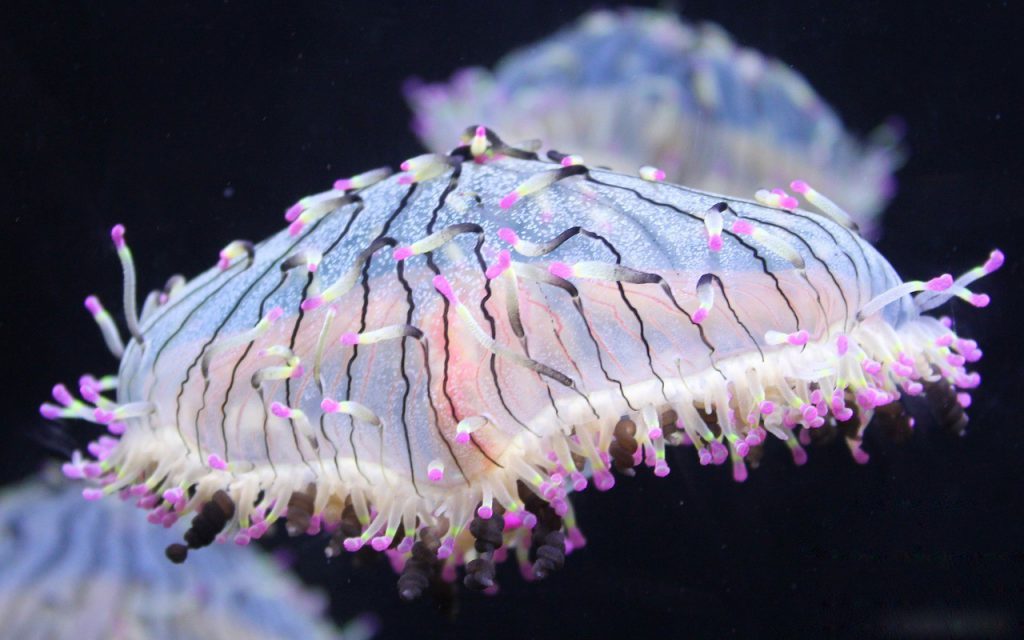
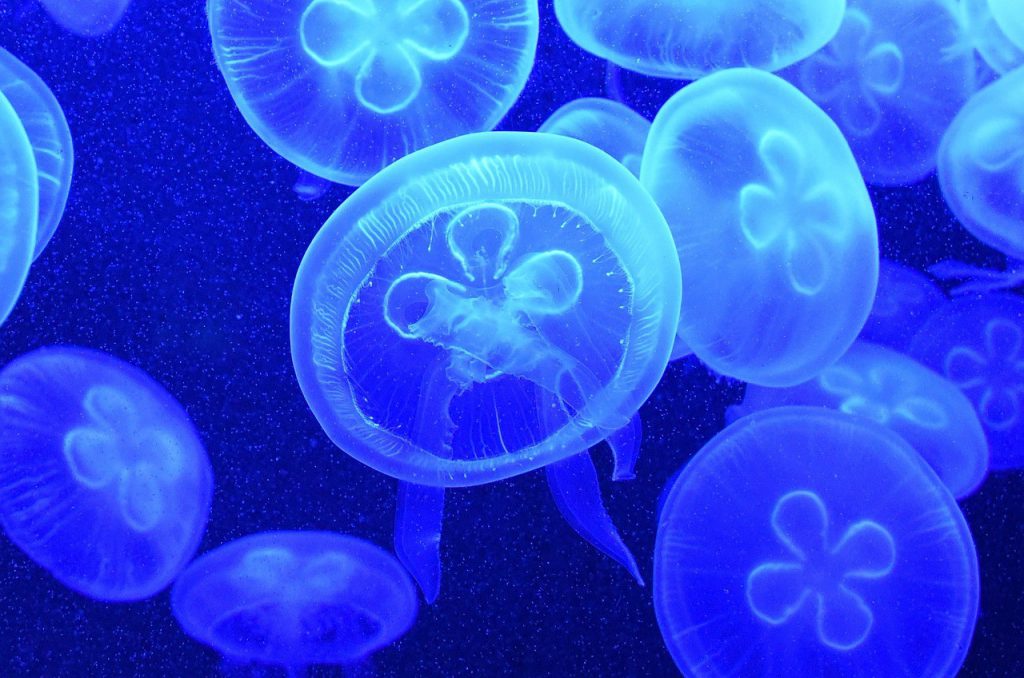
News
Dernières actualités

In view of the growing interest of prospects from German-speaking countries in our company and our HYNOVA 40 model, we
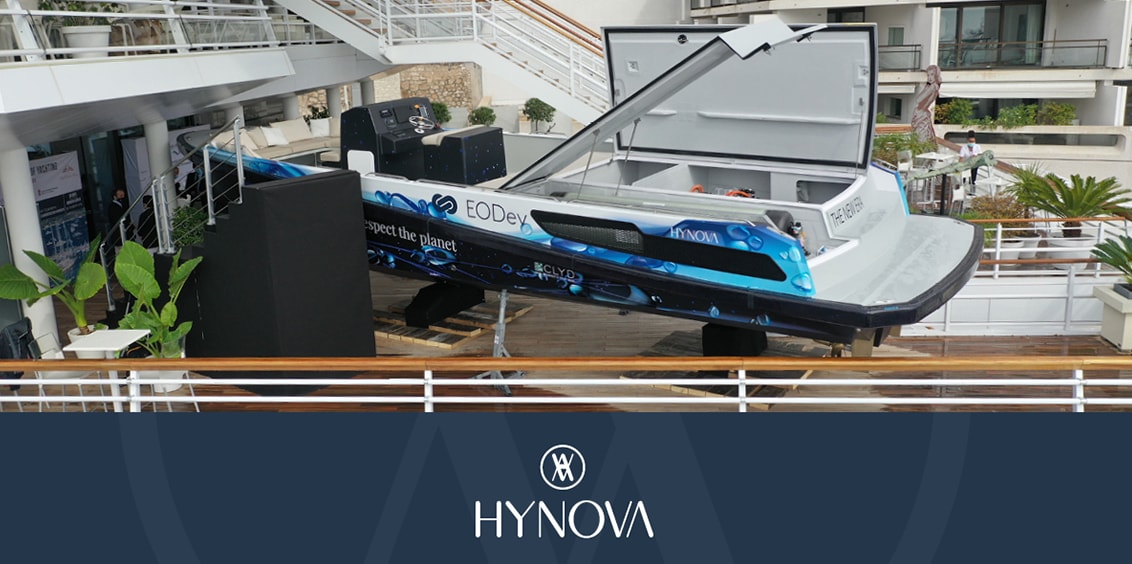
November, 19th 2020 It was time for our prototype The New Era to come out into the daylight and leave the La Ciotat
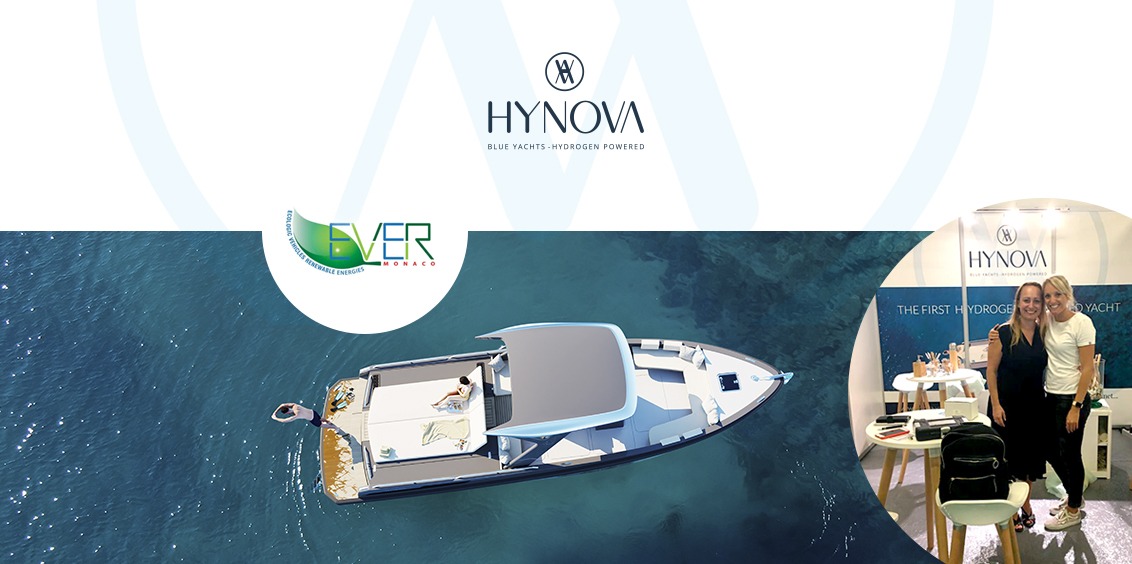
November, 19th 2020 In September, a lot happened, including The New Era, our demonstrator changed sites. HYNOVA also

While unfortunately this year, the Monaco Yacht Club was unable to organize its famous race, an “online”